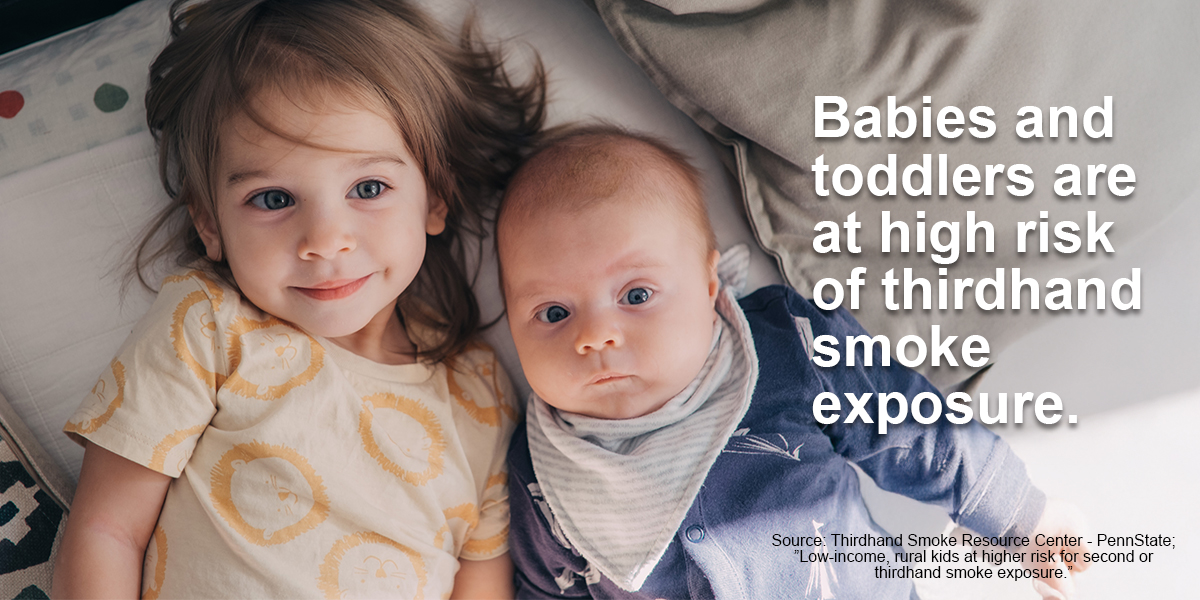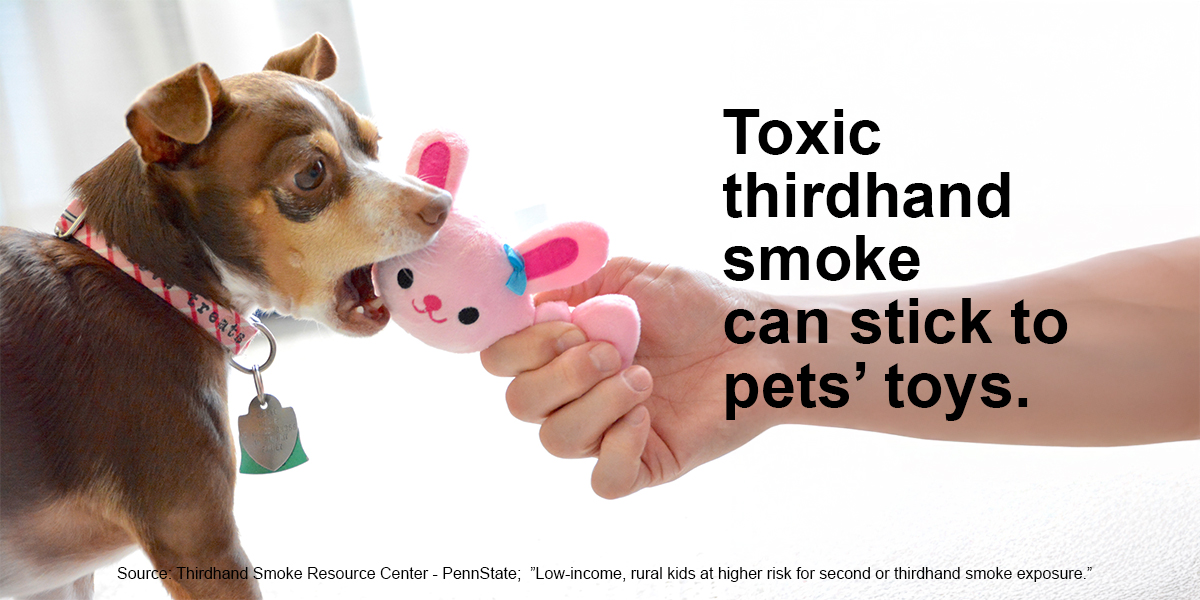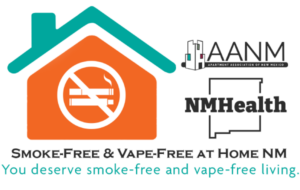Toxic Thirdhand Smoke

Thirdhand smoke is the chemical left behind after someone smokes and is bad for people and pets. It can stay in homes and cars for a long time. You can get it into your body by breathing it in, swallowing it, or touching it. stick around for a long time in homes and cars. It gets into your body if you inhale, swallow, or touch the chemicals. Getting rid of it is hard, and it can cost a lot of money.
The risks:
- Chemistry studies show that thirdhand smoke contains more than 25 chemicals known to cause cancer, affect a person’s ability to have children, or cause birth defects.
- Laboratory studies of lungs, skin, liver, blood, and reproductive cells have shown that thirdhand smoke can impair cells’ ability to function and repair themselves.
- Animal studies have shown many health effects linked to thirdhand smoke exposure, including slow wound healing, increased “bad” cholesterol, liver function, and lung inflammation.
- Studies with healthy human volunteers have shown that thirdhand smoke exposure damages human cells and increases respiratory illnesses in children, including pulmonary illness, viral/other infectious illness, and bacterial infections.
Young children are at the greatest risk of thirdhand smoke exposure. Here are some ways to keep thirdhand smoke out of their homes:
- Keep your child’s indoor environment 100% smoke-free by not letting anyone use tobacco in your home.
- If your child spends time with someone who smokes, have that person wash their hands and face and change their clothes before seeing your child.
- If your child comes into contact with second or thirdhand smoke, they should shower and change their clothes as soon as possible.
- Avoid thirdhand smoke when moving to a new home by asking if anyone has ever smoked in it.
If you smell stale tobacco smoke, thirdhand smoke is in the air. What you smell are the toxic chemicals released into the air from nearby contaminated sources, such as carpets, walls, and furniture. When your nose picks up the odor, the polluted air enters your lungs. From there, the toxic chemicals get into your blood and every part of your body.
Thirdhand smoke sticks to INDOOR SURFACES, such as: Walls | Carpets | Windows | Doors
HOUSEHOLD OBJECTS, such as: Furniture | Toys | Books | Dishes | Bedding | Curtains
PEOPLE, including: Hair | Skin | Clothing
Chemicals in thirdhand smoke can be spread by moving polluted objects from one place to another.
What about your pets?
Like secondhand smoke, thirdhand smoke is toxic to pets. Pets can be exposed to thirdhand smoke by swallowing thirdhand smoke stuck to their toys, fur, feathers, or scales when self-grooming, breathing in toxic particles from the air, and drinking water or eating food from bowls or tanks that have nicotine dissolved in.

The best way to protect your pet from thirdhand smoke is to never smoke in or around your home and to ban smoking in your home. If someone in your home smokes, ask them to smoke outdoors, away from doors and windows. Request that they wash their hands and change clothes when returning inside.
Copyright © 2023 NUPACNM | All Rights Reserved | Privacy Policy


